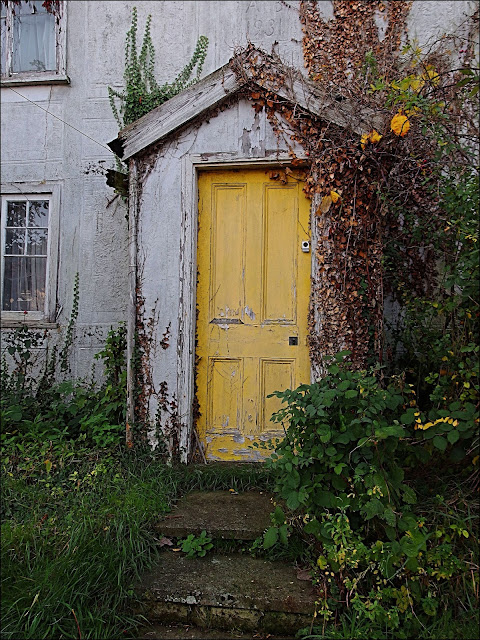The Pub On The Crossroads
In the village of Kennett, on the Cambridgeshire-Suffolk border, stands the magnificent early Sixteenth-century Bell Inn. Along with just about every other old coaching inn around here it claims to have been a favourite haunt of the highwayman Dick Turpin. It's a wonder he was ever sober enough to have robbed anyone! The building also boasts several ghosts including one of an artist who, unsurprisingly perhaps, inhabits one of the bars.
But it was neither ghosts nor highwaymen that attracted my attention as I walked past last summer, but its very individual pub sign which sits, most unusually, on the path outside.
The Hero Of Ware
"Where do you live?"
"Ware"
"Where?"
"WARE!"
Many small towns have erected statues to their most famous past inhabitants, be they writers, artists, politicians, revolutionaries or reformers. But for the millennium celebrations the town of Ware in Hertfordshire unveiled "The Maltmaker" by Jill Tweed which commemorates all the men of the town who worked in the malt-making industry from 1339 to 1994.
Malt is produced by soaking barley so that it germinates, then halting the process by drying it with hot air. The malted grain can then be used in the brewing of beer. The town was ideally situated for the task, being in the midst of good agricultural land and also on the River Lea, along which the malted grain could easily be transported to the big breweries in London.
The Foundation of Prosperity
The area around Cambridge's railway station is being redeveloped and is increasingly inhabited by students, young executives who commute to London by train, and doctors who work at the nearby Addenbrooke's Hospital. But in amongst the modern brick and paving there stands this reminder of a time of hardship and physical toil. For this rough iron post was the base of a 5 ton crane used for unloading coal and other goods in the railway yards. Although nothing else remains of the equipment it is known that it was constructed in the late 19th century and that the winding gear was operated entirely by hand. Hard graft.
People Of Today
Close by are these steel discs set in the pavement. They are etched from drawings done by the artist, Dryden Goodwin, of people seen in the streets of Cambridge.
Royal Ciphers
One of the perks of being monarch of this fair land is that one gets to have ones initials on every postbox erected in the land during ones reign. While George V and our present Queen are represented by the simple capital letters GR and EIIR respectively, others have more intricate, ornamental ciphers, none more elegant than Victoria's VR (for the Latinised nameVictoria Regina). Those of Edward VIII are the rarest of all since he quickly traded the honour of having his initials on postboxes for the charms of Mrs Wallis Simpson.
Britannia Quells The Flames
High on the wall of a thatched cottage I spotted this copper plate representing Britannia with the word COUNTY underneath. It's another fire insurance plaque of the kind which I wrote about in an earlier post. They were erected to show that the owner had paid his or her fire insurance premium and, if the house caught fire, the fire brigade should attempt to put the fire out. Without such a plaque they might let the house burn down. In reality they seldom did, especially in rural areas where everybody knew their neighbour.
A Fish With Feet !
The owners of modern or refurbished pubs often go out of their way to invent ridiculous but memorable names for their premises. But, as is often the case, tradition is often stranger than invention: Ladies and gentlemen, I present the Eel's Foot at Eastbridge in Suffolk - an excellent hostelry for anyone who likes a good pint and is not too fussy about apostrophes.
Eels were once an important food throughout East Anglia, especially in the Fens and other low-lying areas rich with water-courses. In order to dine on eels you must first catch them and one tried and tested method was to use long, narrow tubes made of wickerwork. These were baited then submerged in the stream and left overnight. Once the eel had entered, backward facing spikes prevented its escape. These traps were known locally as "boots". A more fanciful story is that it is a derived from Neale's Boot, after a medieval priest who trapped the Devil in his boot and tossed him into the river. The Devil escaped disguised as an eel!
Take care.






















































